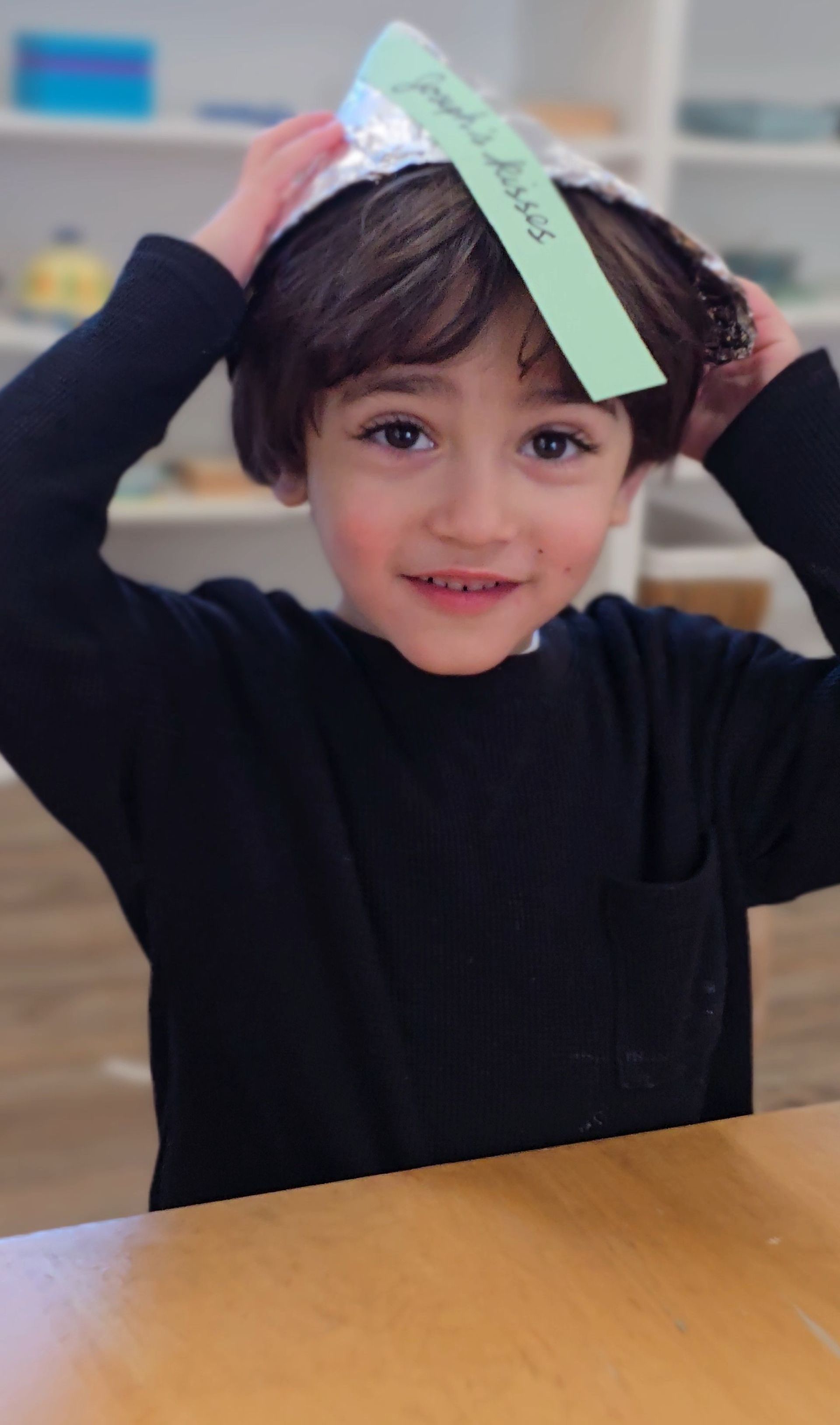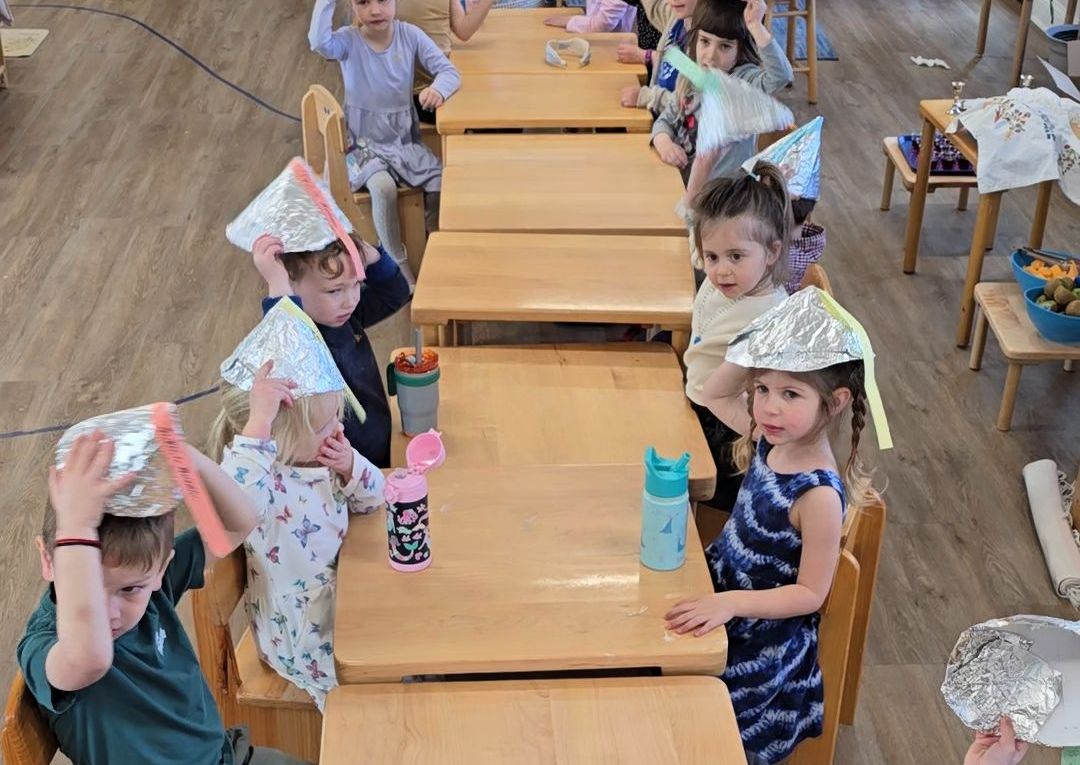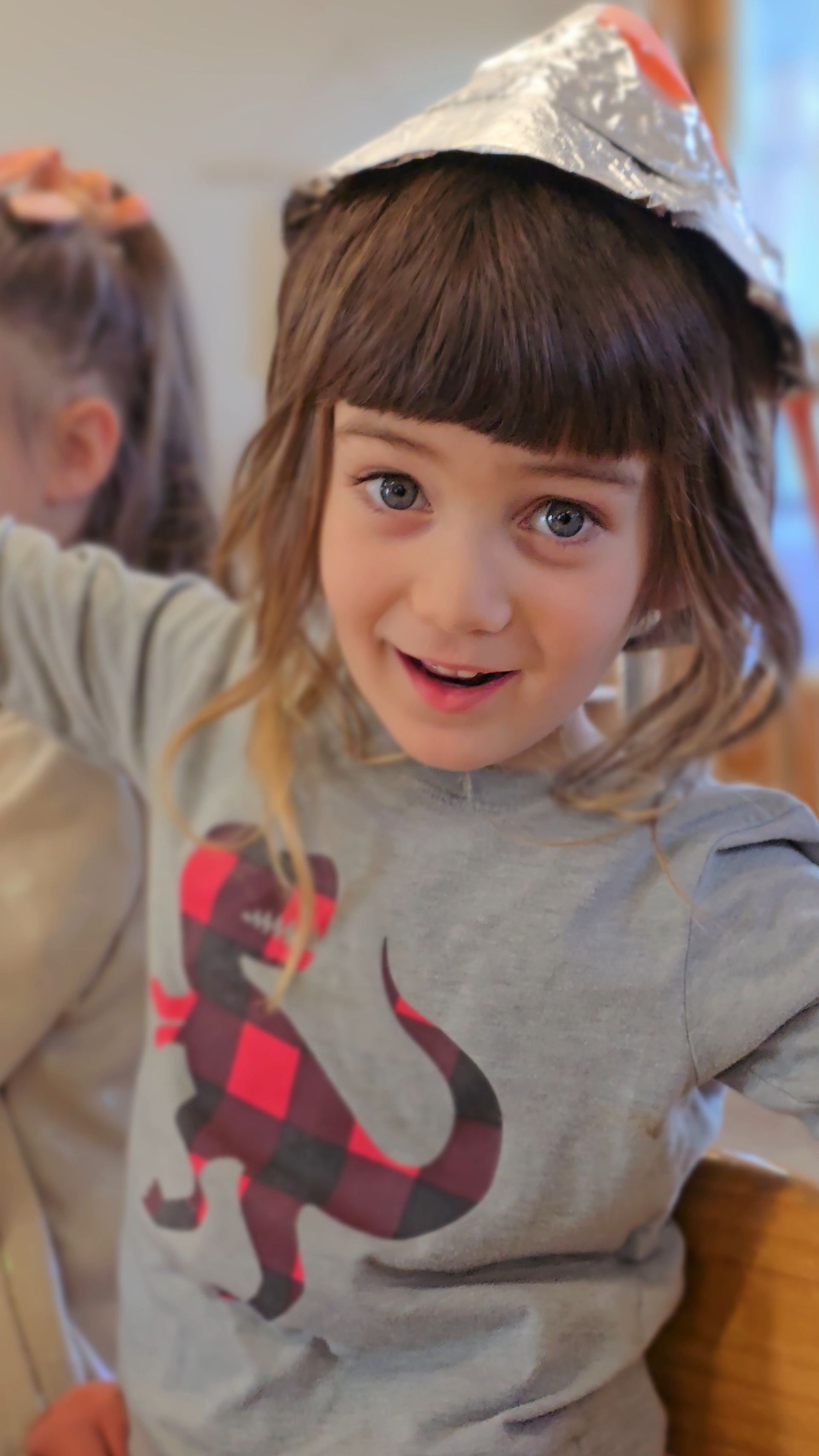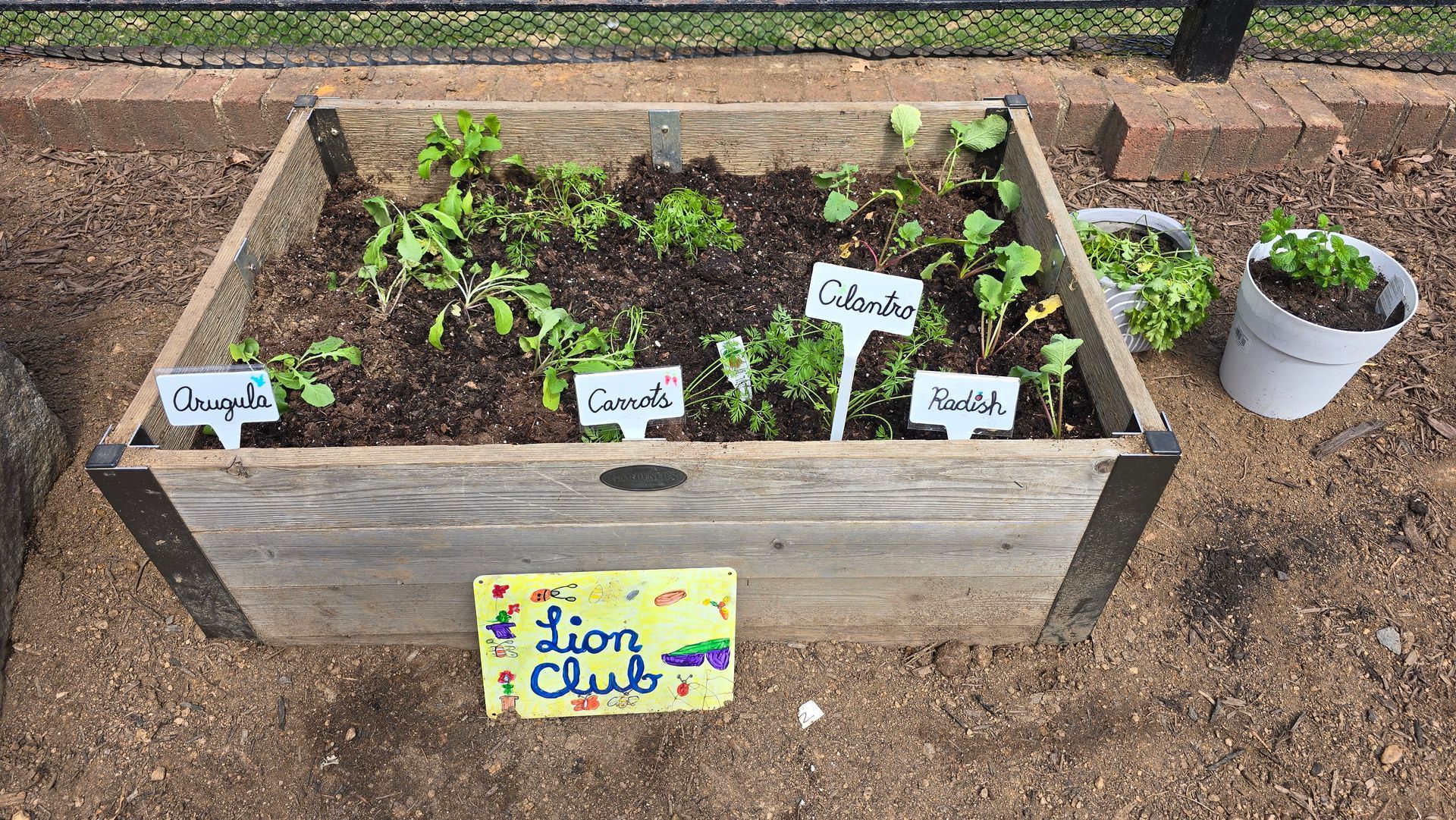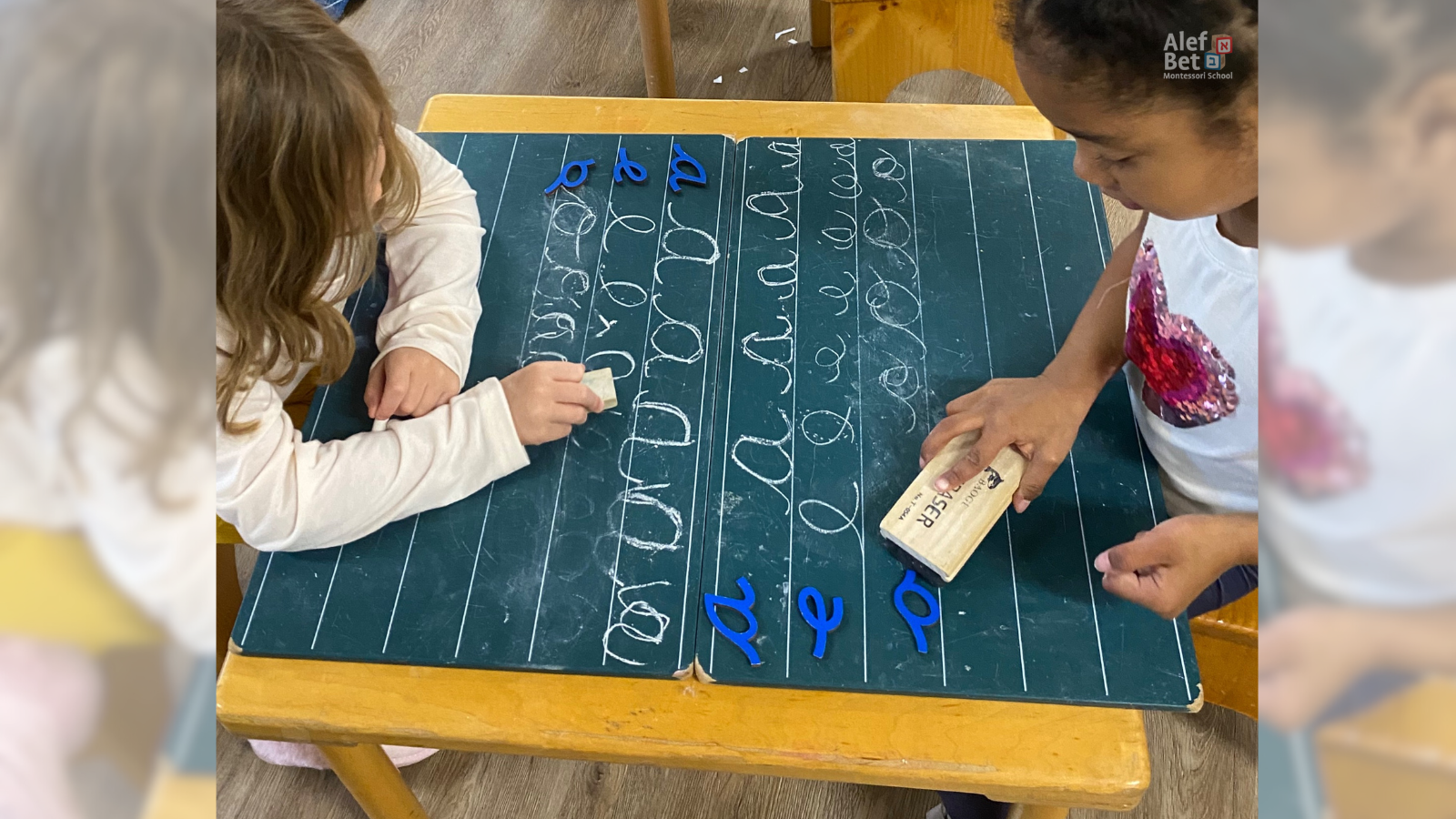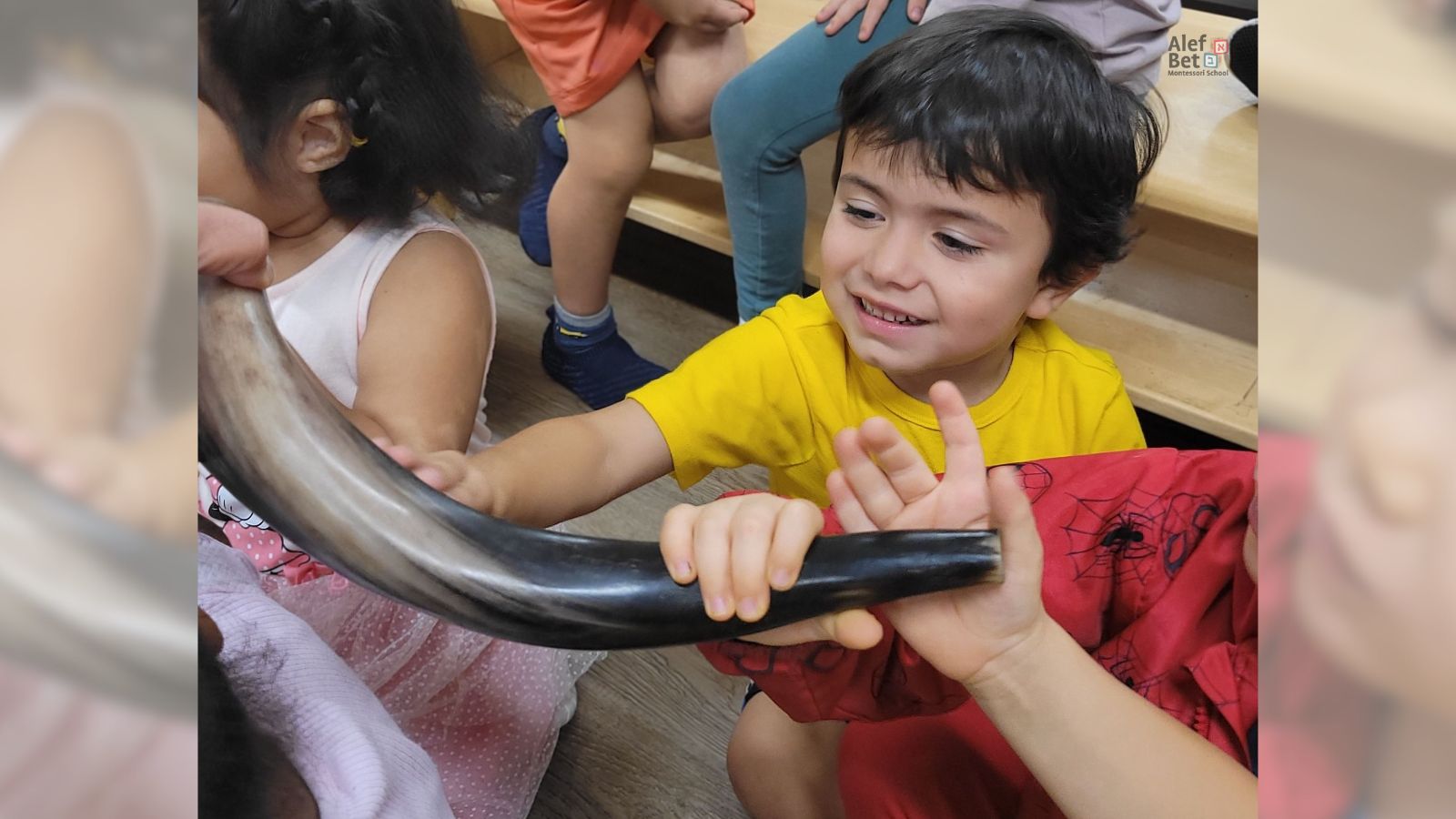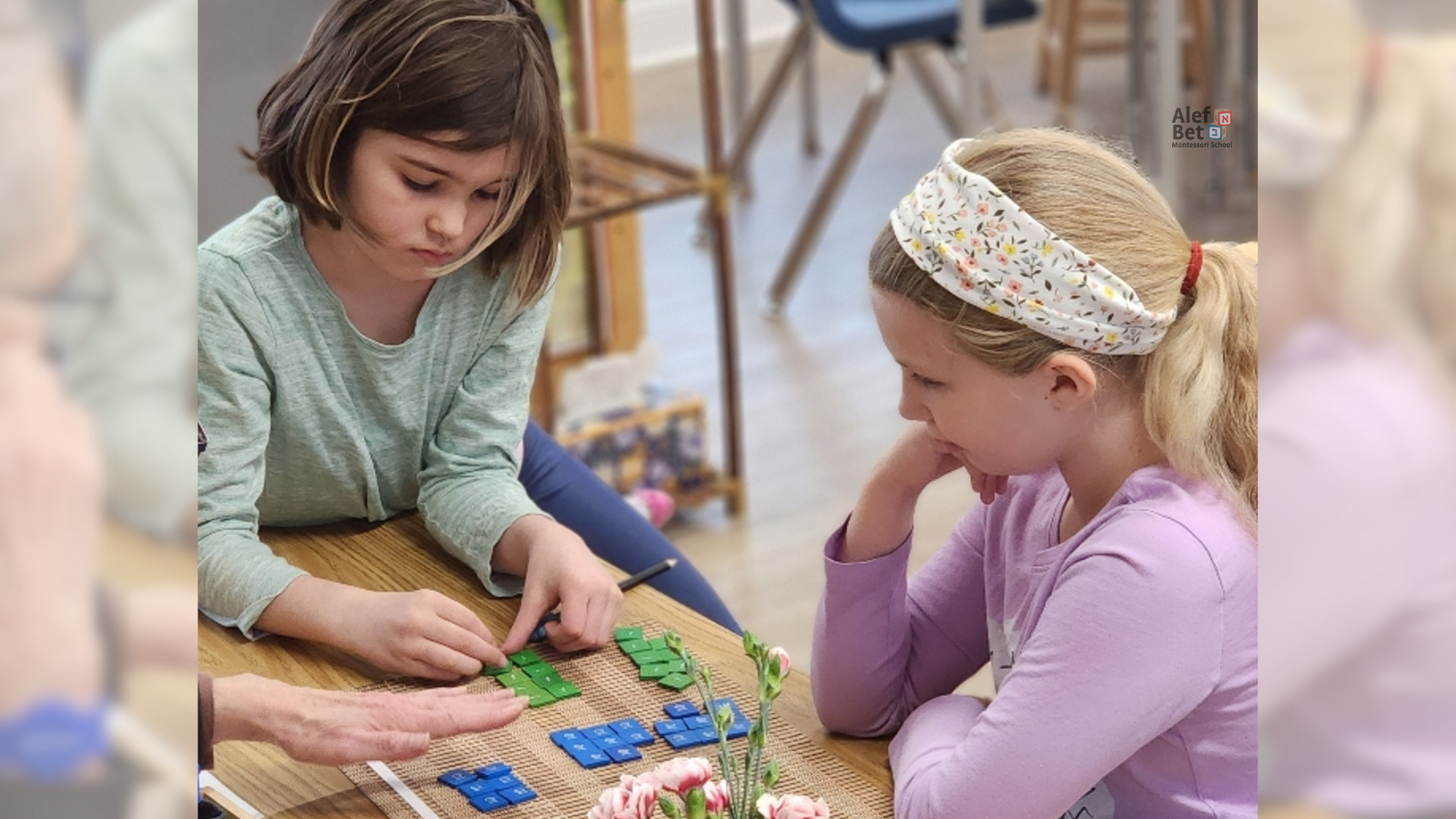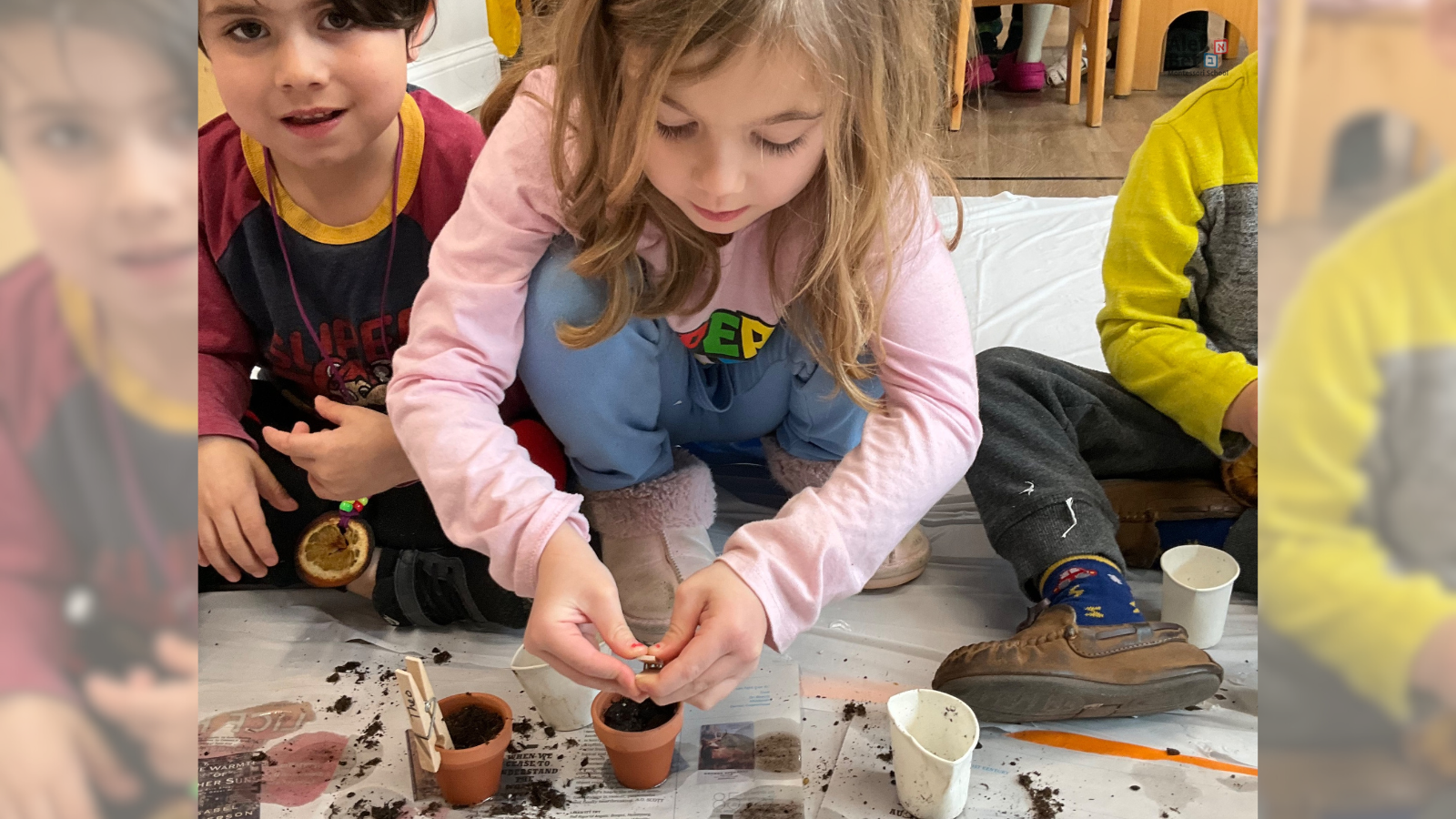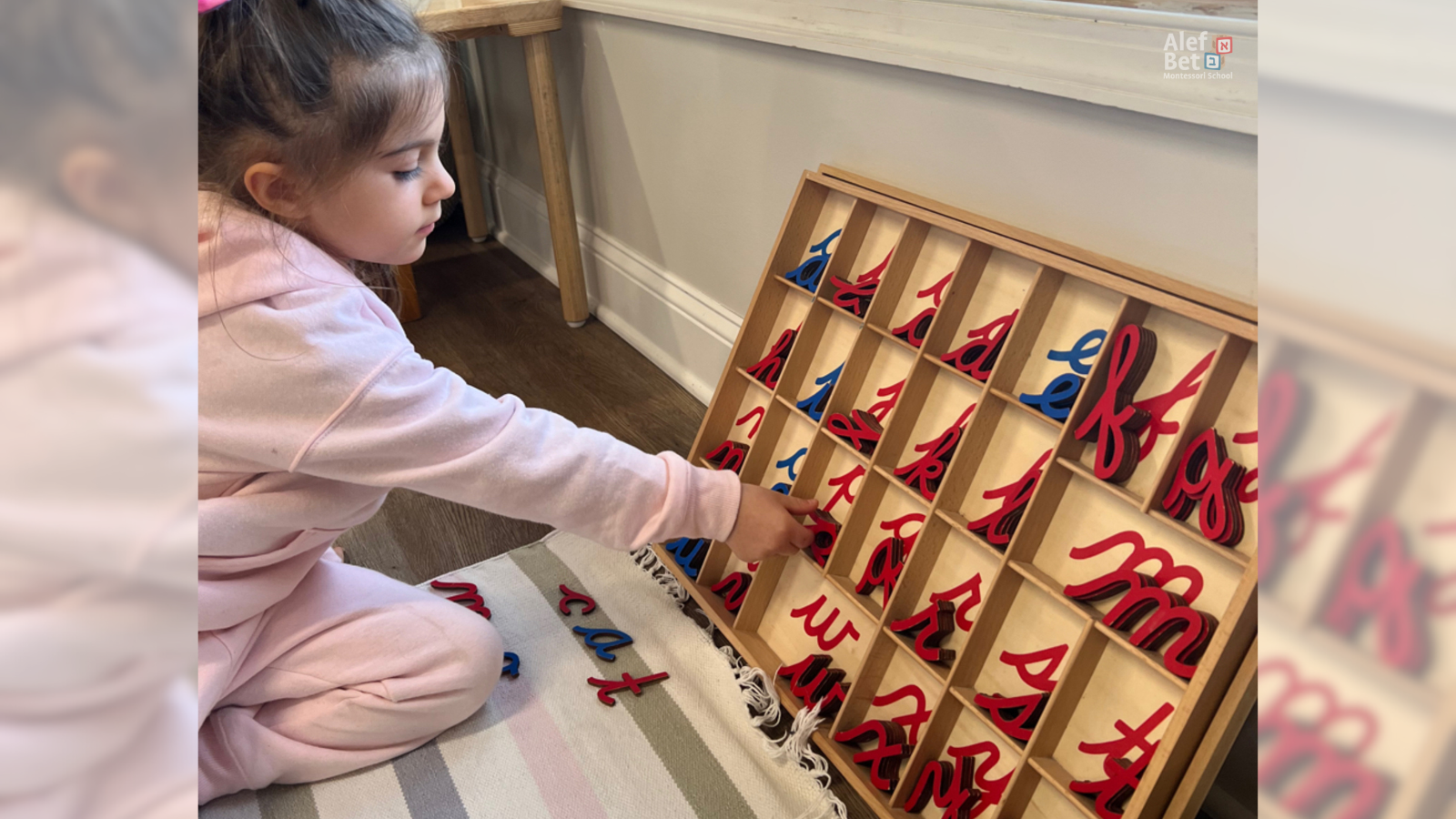Costumes and Carnivals: Celebrating Purim at Alef Bet Montessori
Purim is one of the most joyful days on the Jewish calendar, celebrating how Queen Esther's courage helped save the Jewish people from Haman's evil plot. It is a holiday of celebration—marked by מסכות (masechot – masks), רעשנים (ra’ashanim – noisemakers), משלוח מנות (mishloach manot – gifts of food), and of course, dancing and laughter. At our school, the excitement of Purim isn’t limited to just one day—it builds for weeks as we embrace the holiday’s theme of joy and togetherness.
Welcoming Adar with Joy: Crazy Hat Day in Carpool
Our Purim celebrations began on ראש חודש אדר (Rosh Chodesh Adar – the first day of the Hebrew month of Adar) with Crazy Hat Day. This lighthearted tradition reflects the Talmudic teaching, Mishenichnas Adar marbim b’simcha—“When Adar arrives, we increase in joy.”
Teachers kicked off the festivities by wearing crazy hats in the carpool line, bringing laughter and excitement to the morning drop-off. Later in the day, students joined in by crafting their own whimsical hats in class, designing Hershey’s Kiss-inspired creations personalized with their names. This hands-on activity set the tone for a month filled with happiness and festive anticipation.
Classroom Carnival: Hands-On Purim Fun
Purim excitement continued with a classroom Purim carnival, where students immersed themselves in the holiday’s traditions through art, games, and hands-on activities. They decorated mishloach manot to fill with treats, designed their own ra’ashanim to shake during the reading of the Megillah, and crafted masks, embracing the playful and hidden miracles of Purim.
No carnival would be complete without games! Students enjoyed Pin the Tail on the Donkey, air hockey, and a ball toss into a clown’s mouth. Laughter echoed through the classrooms as they played and celebrated together.
Adding to the fun, students participated in a costume show-and-tell, proudly sharing their creative outfits and the stories behind them.
A Festive Finale: Costume Parade and Dancing with Families
After the classroom festivities, families joined us for a joyful Purim dance party and costume parade. Music filled the space as students, teachers, and parents came together to dance, celebrate, and showcase their costumes. The energy, laughter, and sense of community perfectly captured the spirit of Purim—where joy and unity take center stage.
Of course, no Purim celebration would be complete without a taste of אוזני המן (Oznei Haman), the traditional triangular cookies that remind us of the holiday’s story, also known as Hamantaschen. These sweet treats, combined with the joy of costumes and dancing, made for a truly memorable celebration.
See the joy and excitement of our celebration for yourselves!

Slide title
Write your caption hereButton
Slide title
Write your caption hereButton
Slide title
Write your caption hereButton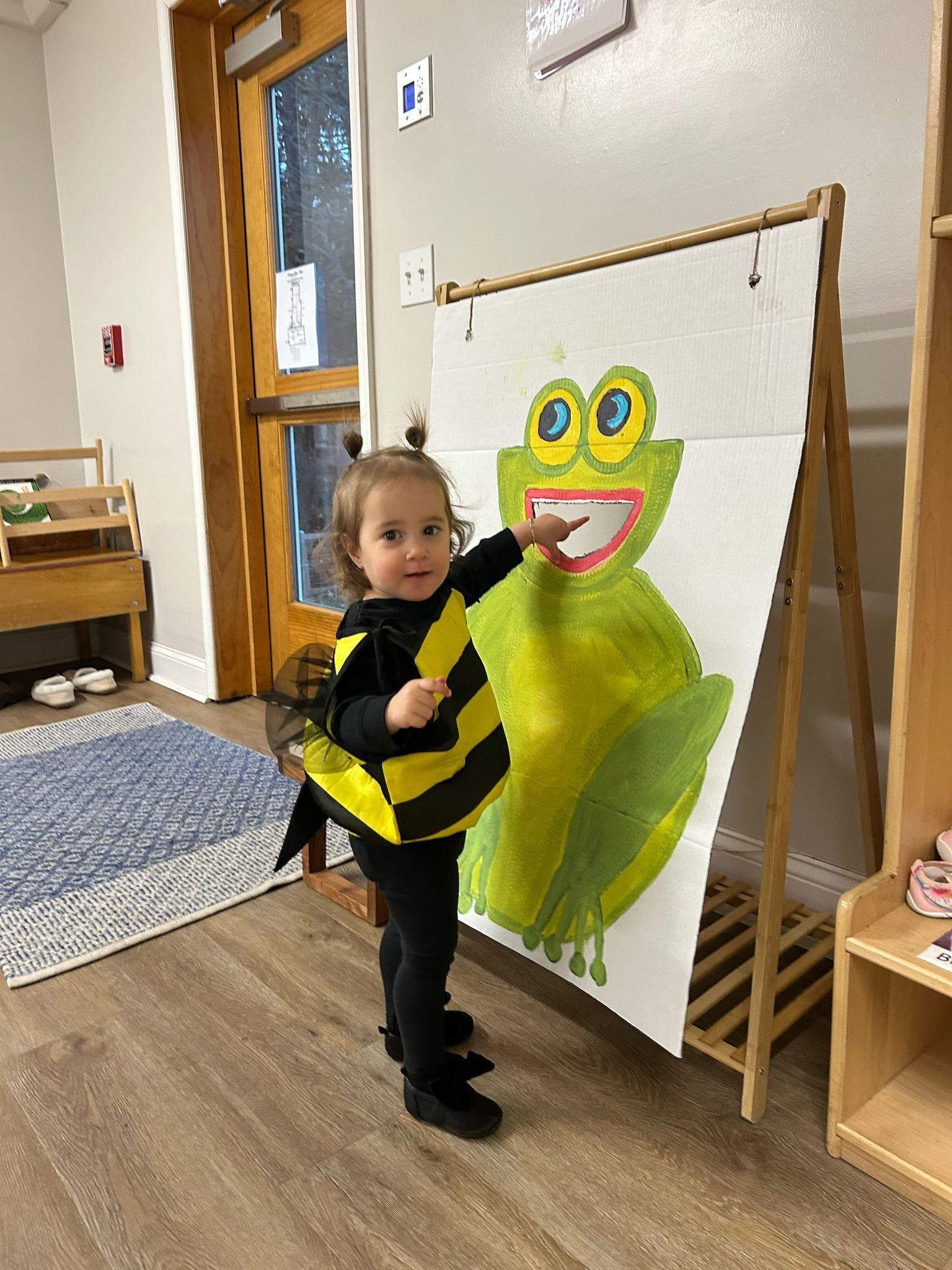
Slide title
Write your caption hereButton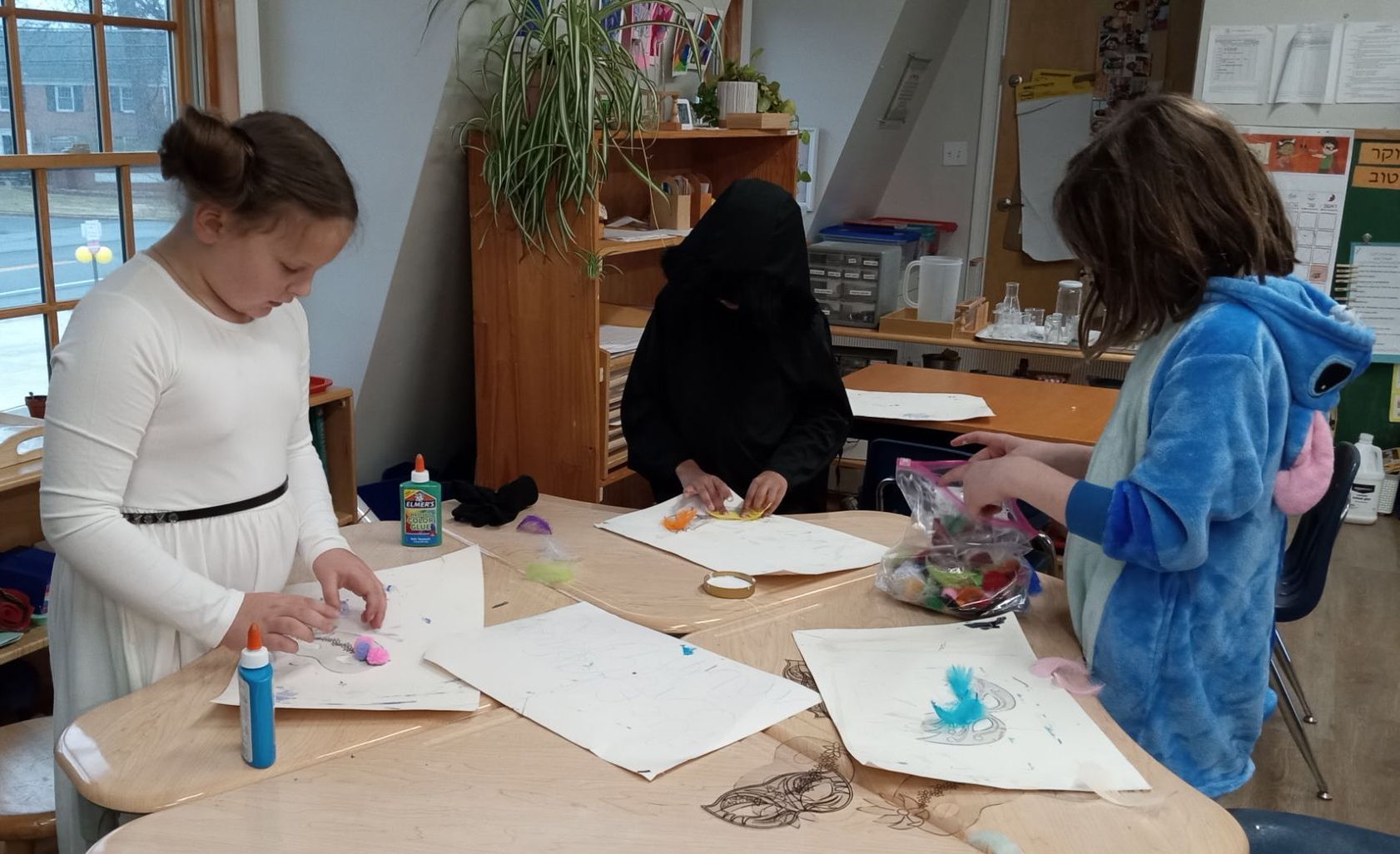
Slide title
Write your caption hereButton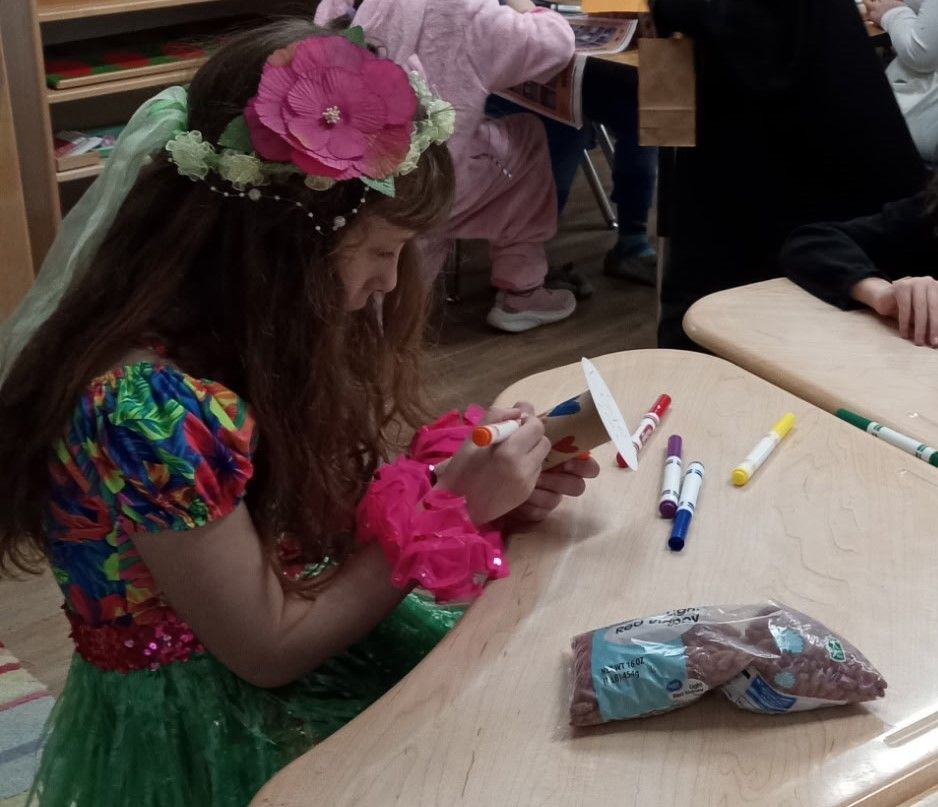
Slide title
Write your caption hereButton
Slide title
Write your caption hereButton
Slide title
Write your caption hereButton
Slide title
Write your caption hereButton
Slide title
Write your caption hereButton
Want to experience more of our holiday celebrations? Check out how we celebrated Hanukkah with light and song, explored the traditions of Tu Bishvat through planting and tasting, and prepared for Rosh Hashanah with the sounds of the shofar.


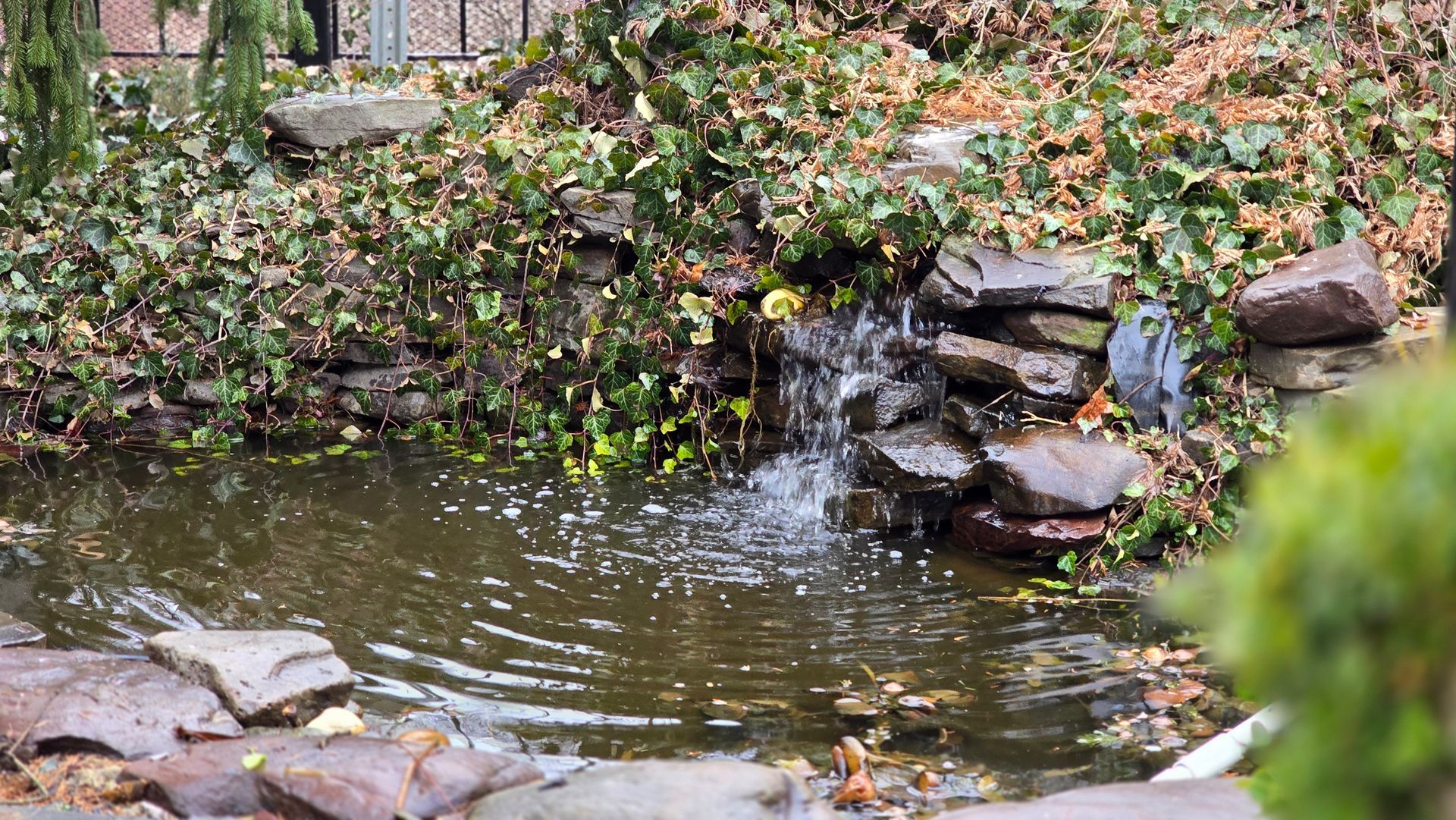
OPENING HOURS
Elementary 8:15 - 3:00
Primary 8:15 - 3:00
Toddlers 8:30 - 2:45
Aftercare 3:00 - 5:00
PROGRAMS
Alef Bet Montessori School
Alef Bet Montessori School
